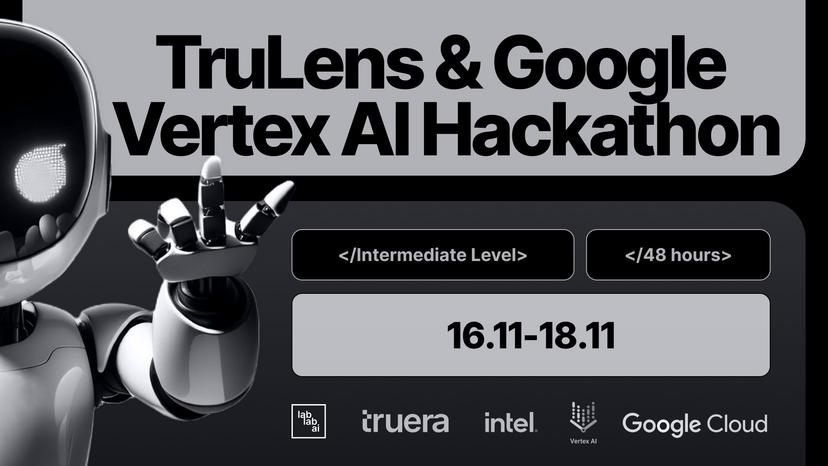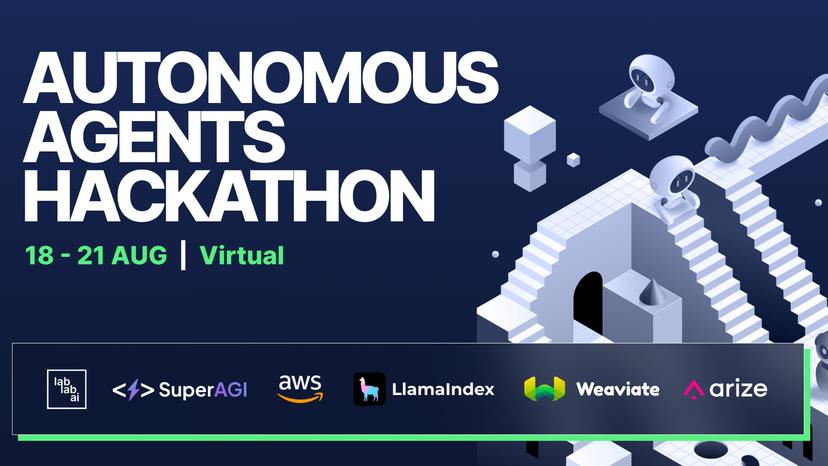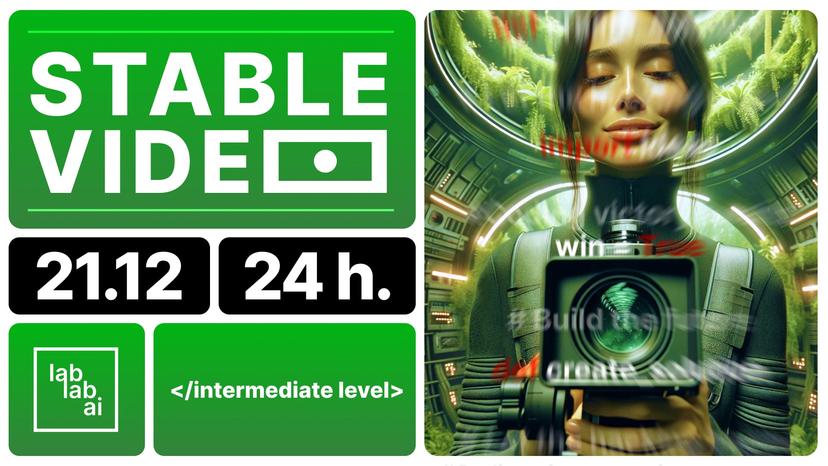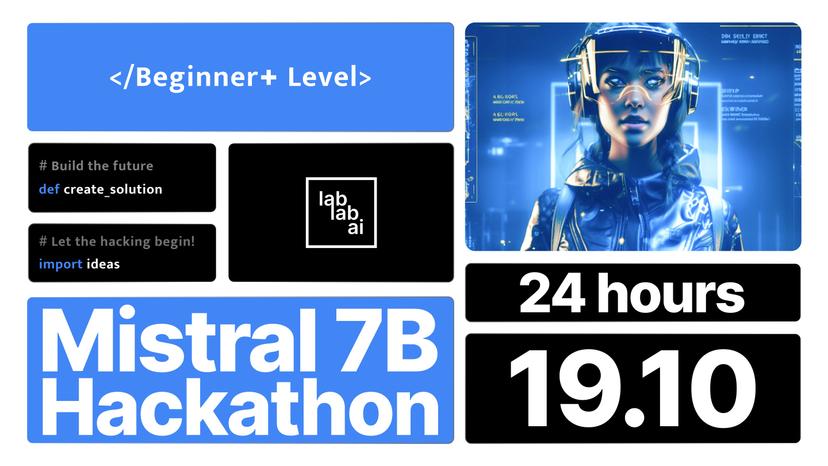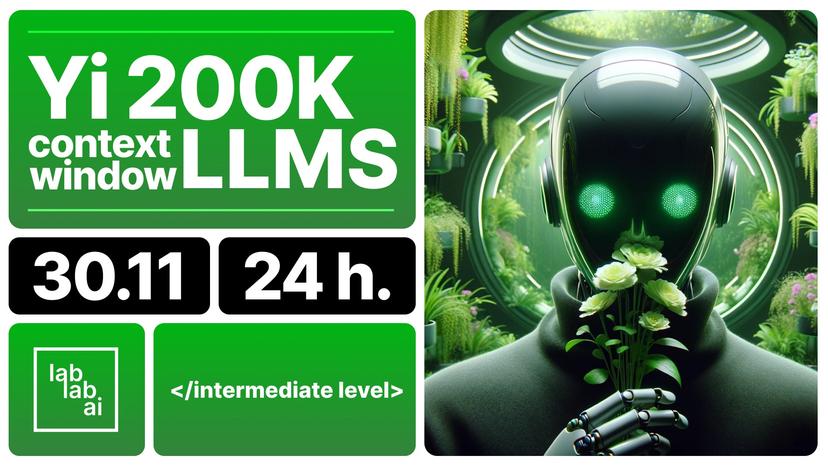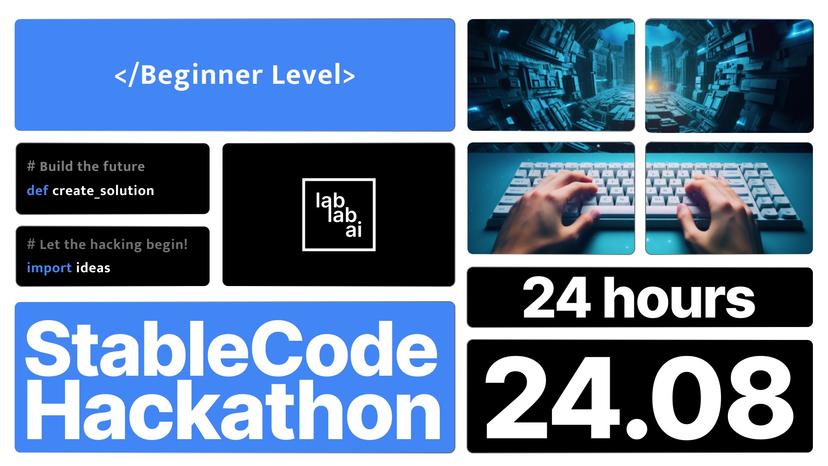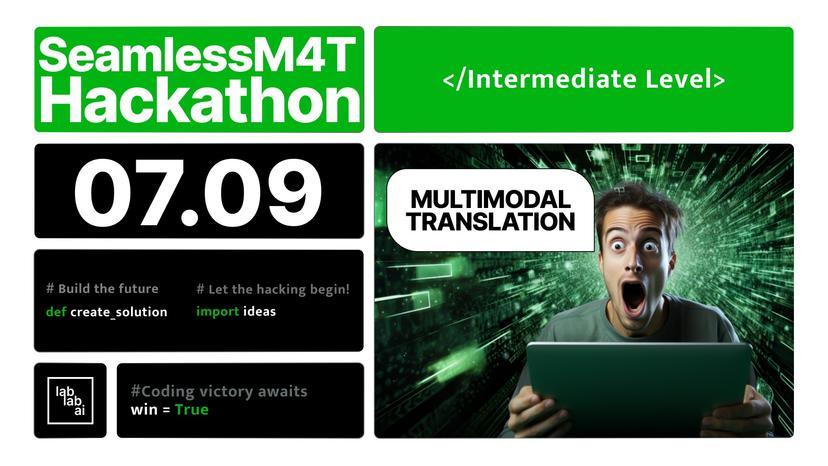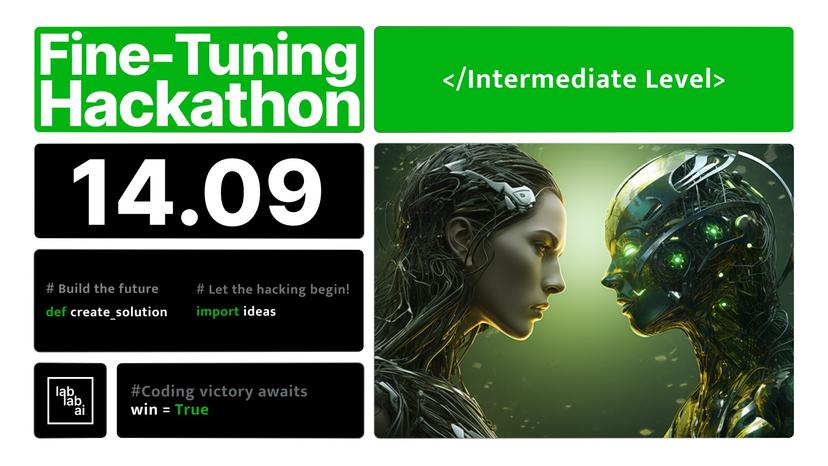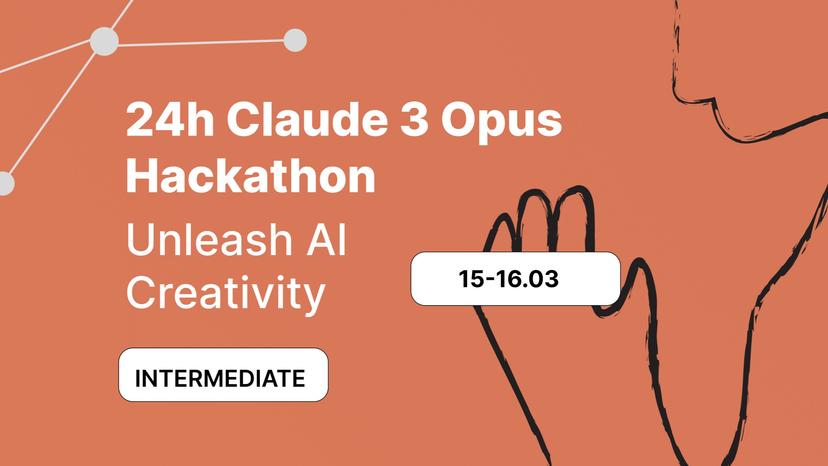
MIND INTERFACES@mindinterfaces56
is under improvement
is under improvement
🤓 Latest Submissions
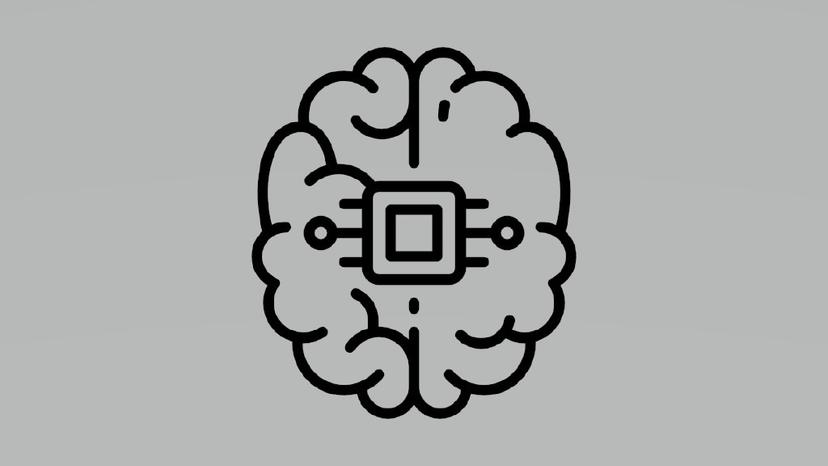
Human Emulation System
The Human Emulation System (HES) seeks to replicate human cognitive processes by dividing thinking into distinct logical and creative components. Inspired by the structure of the human brain, HES uses the metaphor of the left and right hemispheres to represent analytical and creative thinking, respectively. Through separate AI model calls, the system generates responses that align with these characteristics, further integrating them into a well-balanced, synthesized answer. A user-friendly Gradio interface allows users to input queries and adjust parameters. The system offers a novel approach to understanding and exploring the multifaceted nature of human intelligence, bridging technology with cognitive science. It has potential applications in education, creative problem-solving, and human-computer interaction, acting as a unique platform for intellectual curiosity and technological innovation.
21 Aug 2023
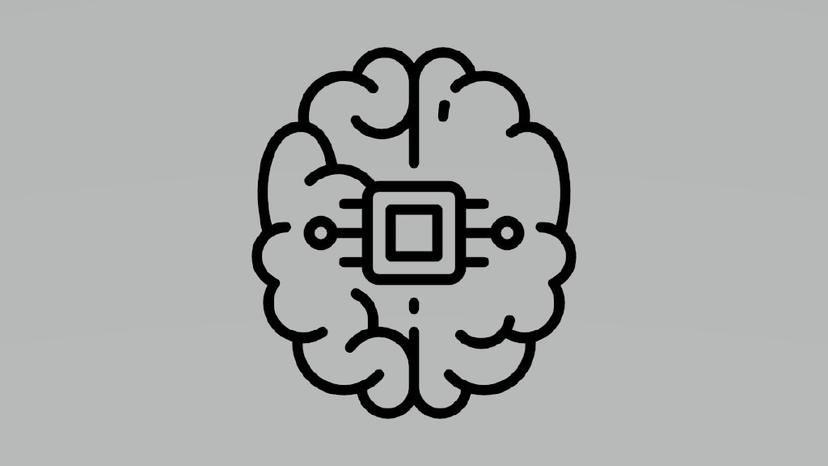
Human Emulation System - Edge Edition
This cloud-hosted platform utilizes Clarifai and Open Source Llama 2 models to deliver a revolutionary AI experience. [Conceptual Foundation] At the core of this endeavor are dual Large Language Models (LLMs). These are not just any AI models; they are purpose-built to emulate the two hemispheres of the human brain. One LLM excels in analytical and logical reasoning, mimicking the left hemisphere's capabilities. In contrast, the second LLM focuses on symbolic understanding and creative interpretation, akin to the right hemisphere of the brain. [Harmonization Mechanism] To ensure these two divergent models work in concert, we reintroduce the foundational model as a mediating model. This simpler AI serves as a bridge, deciding when to utilize logical analytics and when to engage in artistic ideation. It integrates the outputs of both LLMs into a cohesive and nuanced chain of thought, thus creating an AI that can think dichotomously. [User Interface] The Web User Interface (WebUI) serves as the touchpoint for human interaction. It allows users to manage and interact with both LLMs and the Mediating Model. Designed with accessibility in mind, the WebUI offers a transparent look into how the AI thinks, reasons, and makes decisions. [Technical Integrity] As a full-stack project, we've designed both front-end and back-end components using standard web technologies and machine learning frameworks. This ensures a robust, scalable, and adaptable system capable of evolving as AI and web technologies advance. [Objectives and Impact] The ultimate goal is more than just technical achievement; it's to craft an elegant solution that balances the analytical and creative facets of thought, much like a human brain. The project reflects both the scientific rigor and artistic creativity inherent in complex problem-solving. Your engagement with this project offers a glimpse into the future of AI—a future where machines don't just calculate and sort but truly think and create.
28 Aug 2023
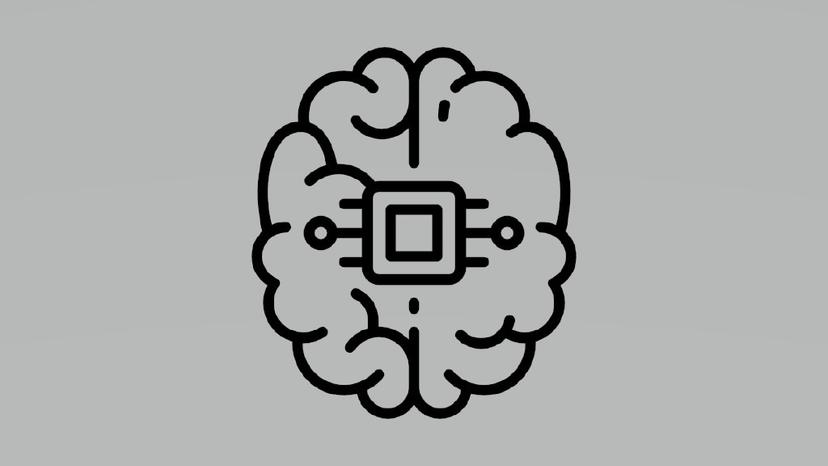
Human Emulation System - Coding Edition
The Human Emulation System (Coding Edition), developed during the StableCode Hackathon, represents a cutting-edge convergence of artificial intelligence, software engineering, and cognitive science. This system is rooted in the dual-hemisphere approach, seeking to emulate the human brain's ability to process both logical reasoning and creative expression. Dual-Hemisphere Approach: The core philosophy of the HES is the integration of two distinct cognitive paradigms - the "left hemisphere" focusing on analytic logic and best coding practices, and the "right hemisphere" embracing creative, symbolic, and expressive code structures. By synthesizing these dual aspects, the system achieves a harmonious balance that resonates with diverse cognitive faculties. Technology and Models: Utilizing StabilityAI's StableCode Instruct Alpha model and the Hugging Face Transformers library, the system leverages transformer-based models fine-tuned for code generation. Deployed on CUDA-enabled devices, it ensures optimal performance and real-time responsiveness. Interactive Interface: An interactive interface, built using Gradio, allows users to engage with the system, inputting prompts and viewing generated code. The interface is designed to reflect the dual-hemisphere approach, providing separate sections for logical and creative code generation. Multi-Perspective Code Patterns: The system's goal is to create code patterns that blend logical precision and creative nuance. This involves interpreting user prompts, generating code through StableCode, and then formatting and integrating the output to match the intended style and function. The process is iteratively refined, ensuring that the generated code not only functions optimally but also aligns with human-like thinking and expression. The Human Emulation System stands as a testament to what can be achieved when human intuition and machine intelligence are melded into a unified, coherent system.
25 Aug 2023

Musicube
🎶 Musicube: Where Creativity and Music Converge! 🎮🎵 Embark on a journey beyond traditional gaming with Musicube, an innovative 3D cube-based game that redefines the boundaries of creativity and music production. Designed to captivate both gaming enthusiasts and music aficionados, Musicube offers an unparalleled experience where players don't just play the game, but actively participate in crafting unique musical compositions. 🚀 Real-time Music Generation 🎶💡 What sets Musicube apart is its seamless integration of gaming and music generation. The instant you intersect cubes, your commands are sent to our cutting-edge MusicGen engine. This AI-powered technology transforms your actions into real-time musical output, providing an enchanting auditory experience that mirrors your gaming journey. Witness the magic unfold as your gameplay shapes the very music that accompanies it. 🌈 Limitless Exploration and Discovery 🔍🎮 Step into a universe where creativity knows no bounds. With a multitude of cube types, each representing distinct musical elements, Musicube encourages you to explore, experiment, and uncover hidden synergies. Delve into the world of harmonics, percussion, melodies, and more. Whether you're creating serene soundscapes or energetic compositions, every moment in Musicube is an opportunity to push the boundaries of your artistic expression. 🎉 Experience Musicube Today! 🌍🎮 Are you ready to embark on an unforgettable journey where your gaming skills fuel your musical prowess? Musicube invites you to explore, play, and compose your way to a symphonic adventure like no other. Elevate your gaming experience, unlock your inner composer, and witness the harmony of Musicube – where the cubes dance to your gaming, and the music sings to your soul.
31 Aug 2023

NaviLingua
In the era of global mobility, the challenges of relocating to a new country are more relevant than ever. Navi Lingua emerges as a comprehensive solution to these challenges, serving as both a guide and a guardian for individuals embarking on this life-changing journey. Understanding and respecting a new culture is often the first hurdle in any relocation process. Navi Lingua offers interactive lessons that provide a nuanced understanding of local customs and traditions. It goes beyond mere tips and do's and don'ts, aiming for users to become integrated members of their new community. Legal procedures for securing residency in a new country can be daunting. Navi Lingua demystifies this process, providing straightforward, comprehensive information on government procedures required for residency. Language barriers can be one of the most isolating aspects of moving abroad. Navi Lingua leverages advanced AI language resources and real-time translation tools to not just overcome, but erase these barriers. Safety is a paramount concern, especially in unfamiliar settings. Navi Lingua offers a built-in safety net feature, providing emergency contact numbers, essential safety guidelines, and real-time news updates that could be vital to the user. The app is built on robust technologies like ViteJS, React JavaScript for the frontend, and FastAPI for the backend, powered by Meta's revolutionary SeamlessM4T Multilingual Model. For deployment, it uses Vercel, known for its efficiency and reliability. In essence, Navi Lingua isn't just an app; it's a comprehensive ecosystem tailored to the unique challenges and opportunities that come with relocating to a new country. It stands as a testament to how technology can be harnessed to enrich human experience, offering a user-friendly interface to navigate the complexities of life abroad.
8 Sep 2023
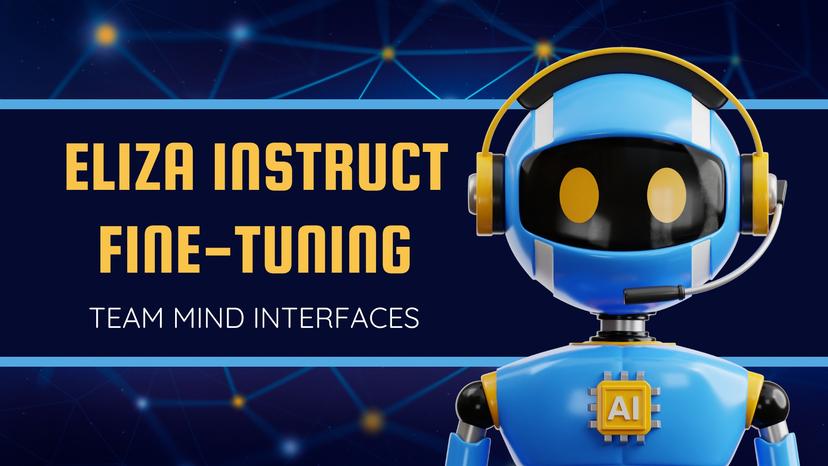
ELIZA EVOL INSTRUCT - Fine-Tuning
We attempted to instill the deterministic, rule-based reasoning found in ELIZA into a more advanced, probabilistic model like an LLM. This serves a dual purpose: To introduce a controlled variable in the form of ELIZA's deterministic logic into the more "fuzzy" neural network-based systems. To create a synthetic dataset that can be used for various Natural Language Processing (NLP) tasks, beyond fine-tuning the LLM. [ https://huggingface.co/datasets/MIND-INTERFACES/ELIZA-EVOL-INSTRUCT ] [ https://www.kaggle.com/code/wjburns/pippa-filter/ ] ELIZA Implementation: We implemented the script meticulously retaining its original transformational grammar and keyword matching techniques. Synthetic Data Generation: ELIZA then generated dialogues based on a seed dataset. These dialogues simulated both sides of a conversation and were structured to include the reasoning steps ELIZA took to arrive at its responses. Fine-tuning: This synthetic dataset was then used to fine-tune the LLM. The LLM learned not just the structure of human-like responses but also the deterministic logic that went into crafting those responses. Validation: We subjected the fine-tuned LLM to a series of tests to ensure it had successfully integrated ELIZA's deterministic logic while retaining its ability to generate human-like text. Challenges Dataset Imbalance: During the process, we encountered issues related to data imbalance. Certain ELIZA responses occurred more frequently in the synthetic dataset, risking undue bias. We managed this through rigorous data preprocessing. Complexity Management: Handling two very different types of language models—rule-based and neural network-based—posed its unique set of challenges. Significance This project offers insights into how the strength of classic models like ELIZA can be combined with modern neural network-based systems to produce a model that is both logically rigorous and contextually aware.
15 Sep 2023



